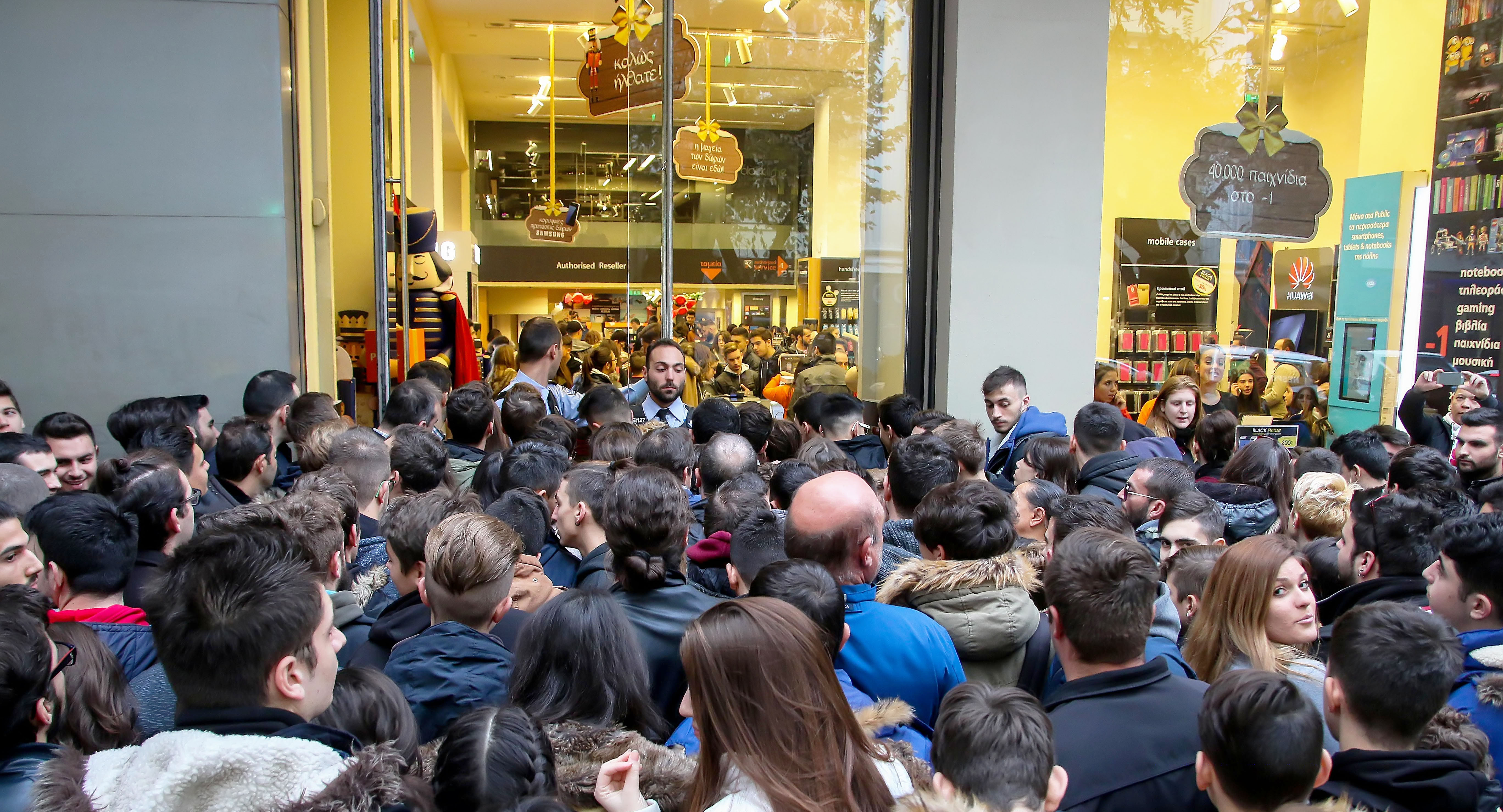Black Friday marks the start of the holiday shopping season. This is the most important time of the year for many retailers, and can account for up to 30% of total annual sales.
While this period brings great opportunity, it also creates considerable challenges. Retailers must respond to evolving behaviors and manage huge increases in footfall, but still deliver the exceptional in-store experience consumers demand. They must also contend with increasingly sophisticated fraudsters and react to rapidly evolving security threats.

The good news is that the tools retailers need to successfully address these challenges are already available to them.
Putting the smartphone front and center
The smartphone is now integral to the in-store retail model. According to a survey from Deloitte, 40% of consumers anticipate engaging with a retailer’s app and 22% expect to make in-store purchases via a mobile wallet during the 2017 holiday season. Retailers with a mobile wallet offering have a considerable advantage, therefore, when it comes to meeting customer expectations and maximizing sales in-store.
Also, 74% of consumers say smartphones will improve the overall in-store shopping experience. The direct, immediate delivery of personalized offers, smart notifications and value-added services such as rewards, coupons and loyalty points all help to engage consumers and increase revenues.
Removing checkout lines
As Black Friday has evolved into a global phenomenon, it is now the busiest shopping day of the year for many countries. The resulting spike in footfall places huge pressure on retailers and can lead to long and frustrating lines at the checkout. As 86% of consumers avoid stores with long lines and 38% abandon purchases due to excessive waiting times, retailers have tried different methods to address the problem. For example, in 2016 Walmart hired staff solely to marshal and conduct checkout lines.
Retailers, however, should look beyond just reducing checkout lines. This is where in-aisle, scan-and-go technology comes to the fore, as it enables shoppers to simply scan items with their smartphones, checkout in-app and walk out of the store. In-aisle, in-app payments completely remove the need wait in line altogether, eliminating customer frustration, accelerating throughput and maximizing potential sales. In the highly competitive seasonal retail market, this a huge point of difference.
Responding to evolving security
As retailers look to enhance the customer experience, at times, they may be exposed to more risk. The success of the EMV® Chip Specifications in securing the physical point-of-sale means fraud is migrating to the more vulnerable e-commerce and m-commerce channels. In addition, fraudsters can now utilize the vast swathes of personal data and information easily available on the dark web. A consequence of the various mega-breaches over the past years.
To compound the issue, fraud poses a particularly acute problem at this time of year. In 2016, global retail fraud increased by 31% during the holiday season, with 1 out of every 97 transactions an attempted fraudulent attempt.
On a more positive note, EMVCo has released version two of its tokenization specification to address emerging use-cases such as in-app and online payments, and recurring one-click-ordering. This promotes a secure remote payments environment and means that retailers with digital wallets leveraging tokenization have an effective means of delivering secure payments to their customers across multiple channels. Retailers looking for additional security can also layer tokenization with other technologies and techniques.
As retailers work to avoid the Black Friday blues and seize the opportunities of the holiday season, it is apparent that digital wallets can be a powerful tool to enhance the in-store experience and improve security.


Leave a Reply